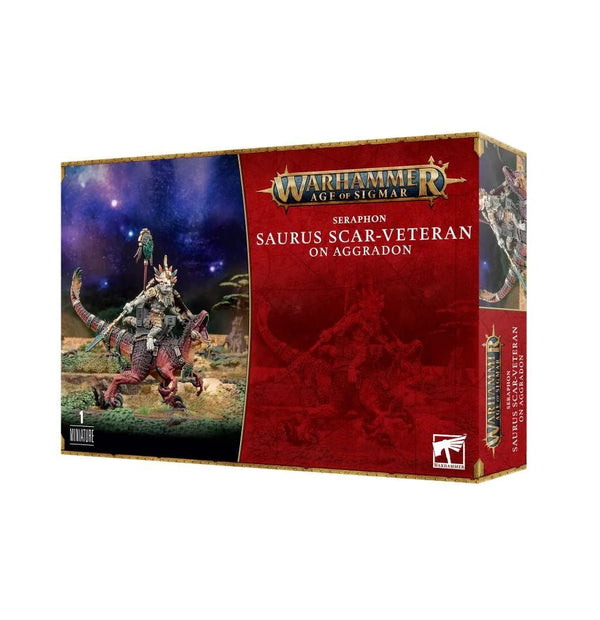Recommended Paint
Product title
Vendor
£19.99 | £24.99
Product title
Vendor
£19.99 | £24.99
Product title
Vendor
£19.99 | £24.99
Product title
Vendor
£19.99 | £24.99
Product title
Vendor
£19.99 | £24.99
Product title
Vendor
£19.99 | £24.99
Product title
Vendor
£19.99 | £24.99
Product title
Vendor
£19.99 | £24.99
Product title
Vendor
£19.99 | £24.99
Product title
Vendor
£19.99 | £24.99
Product title
Vendor
£19.99 | £24.99
Product title
Vendor
£19.99 | £24.99
Product title
Vendor
£19.99 | £24.99
Product title
Vendor
£19.99 | £24.99
Product title
Vendor
£19.99 | £24.99
Product title
Vendor
£19.99 | £24.99
Scar-Veterans are champions among the Seraphon, marked for command by battle-tested skill and sheer ferocity. Many Scar-Veterans choose to fight from atop a savage, blood-frenzied aggradon, the better to traverse the battlefield and carve through enemy ranks. These swift-moving champions excel at spurring the fury of their kin, leading each charge with an ear-splitting roar from both rider and mount.
This multipart plastic kit builds a Saurus Scar-Veteran on Aggradon – a Seraphon war-leader riding a ferocious, roaring steed. The Scar-Veteran can be armed with a relic celestite spear or club, and comes with three head options – a feathered war-mask, an aggressive snarl, or a mighty roar. Both the Scar-Veteran and their steed are adorned with ornate Seraphon armour and decoration, befitting their status as an elder of the pack – including a saddle-mounted icon of Itzl the Tamer, spawner of cold-blooded beasts.
New content loaded
Product title
Vendor
£19.99 | £24.99
Product title
Vendor
£19.99 | £24.99
Product title
Vendor
£19.99 | £24.99
Product title
Vendor








